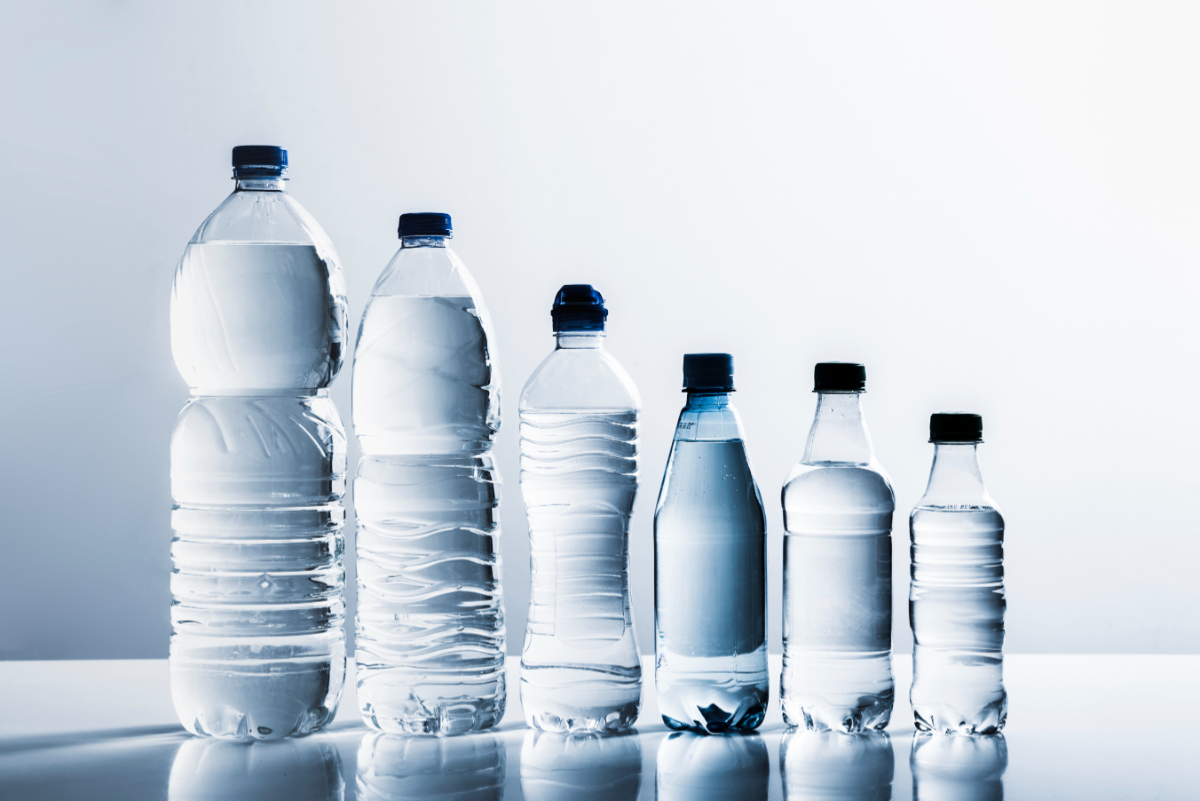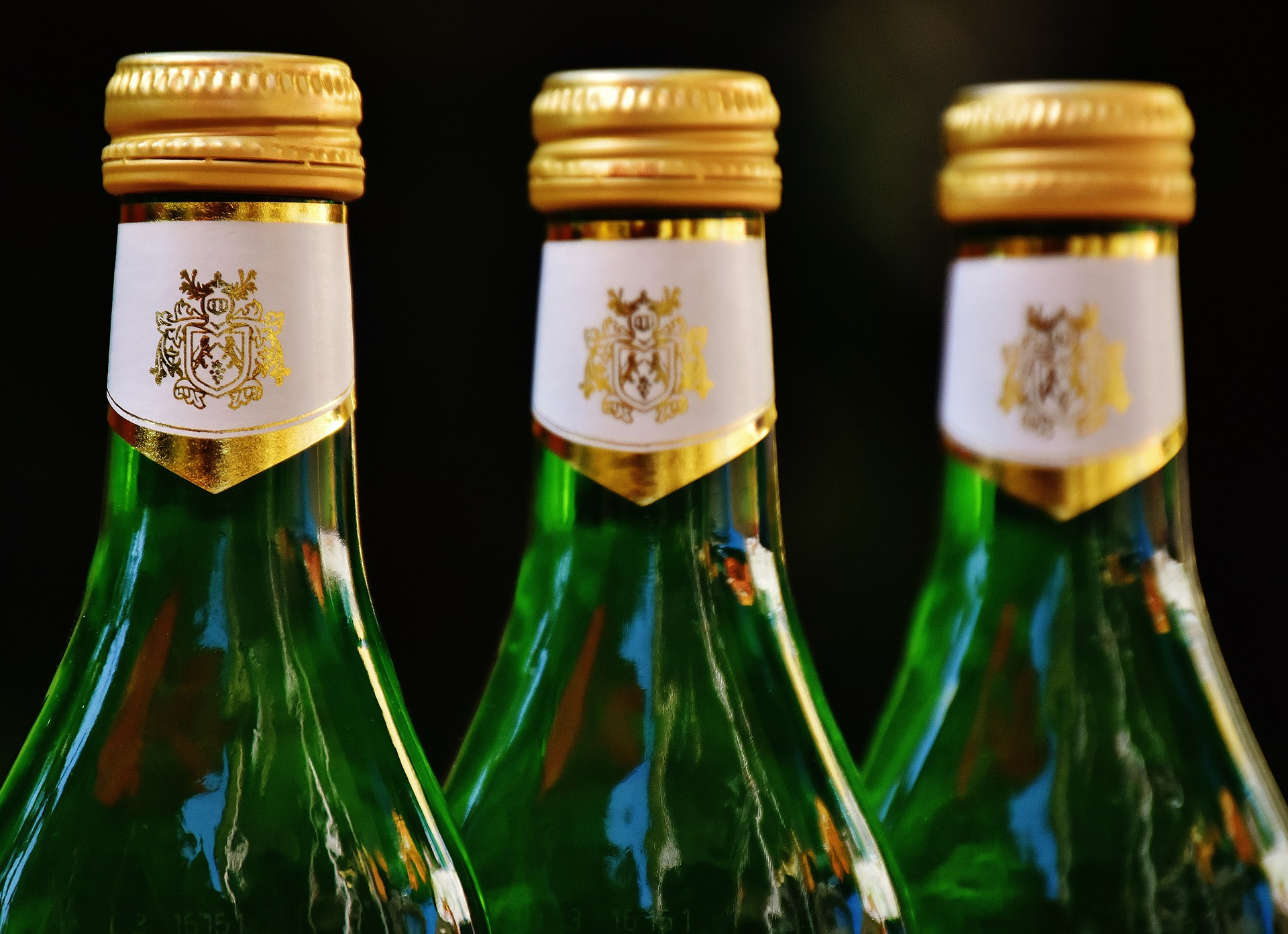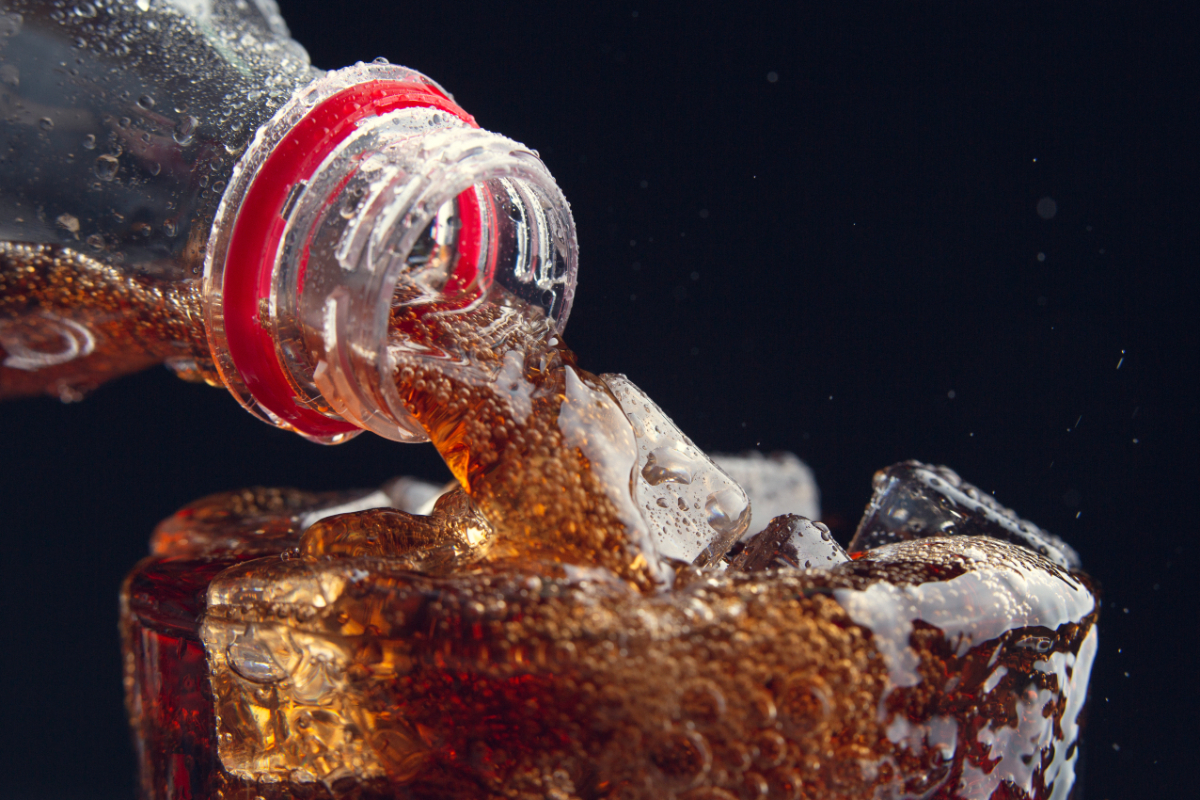Is glass or plastic better for bottles? Uncover the benefits of each material. Explore the advantages of glass bottles in terms of sustainability, purity, and preservation. Discover the convenience and versatility of plastic bottles. Make an informed choice for your beverage or product packaging needs by understanding the strengths of glass and plastic in this comprehensive comparison.
Is Glass Or Plastic Better For Bottles
The debate over whether glass or plastic is better for drinking bottles has raged for decades. Both sides offer advantages and disadvantages, from the environmental impact to altering the taste of the beverages they contain. Given the dramatic differences, it can be difficult to choose an overall winner between glass and plastic. Which might be the better option for your beverages?
This article will take you through the various aspects of both materials, hopefully helping you to make a decision one way or the other.
Plastic Bottles
First, we'll take a look at plastic bottles and the positives and negatives of using them.
Obviously, there's the disadvantage of littering and landfill waste. Plastic bottles aren't degradable, but, thankfully, they are more widely recycled these days.
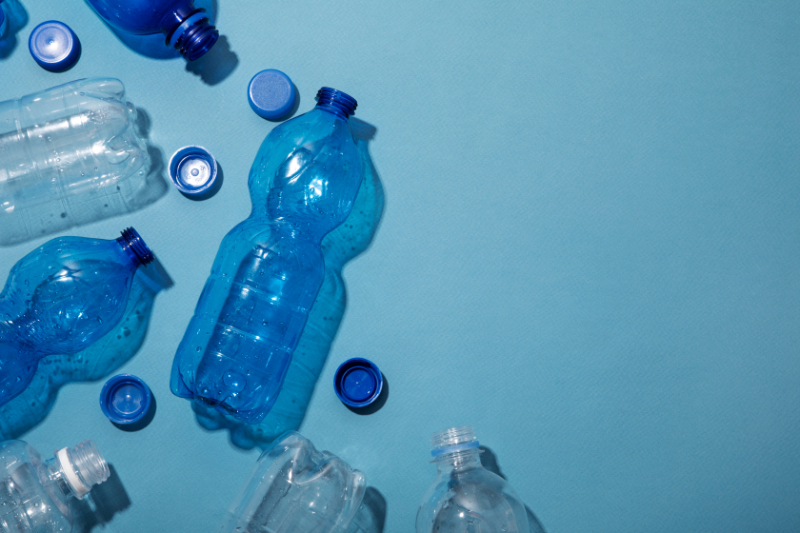
AFFORDABLE
One of the main advantages of using plastic for your bottles is how affordable the material is. Plastic bottles were first introduced in the 1960s, which caused the manufacture of glass bottles to fall dramatically. The fact plastic doesn't shatter, is cheap to produce and is lightweight made it a much more popular option for manufacturers.
HARMFUL ASPECTS OF PLASTIC BOTTLES
However, while plastic bottles were a revolution in the 60s, today the focus has shifted to the more harmful aspects of the material. Harmful chemicals, such as BPA, can leech out from the plastic into the liquids the bottles contain.
This process speeds up when plastic bottles are left in direct sunlight. Therefore, the current view of plastic bottles is less positive. While most plastics are BPA-free these days, there are still harmful chemicals in the material that pose a health risk.
DAMAGE TO THE ENVIRONMENT
Alongside the harmful chemicals plastics contain, they are also incredibly bad for the environment. This is mainly a problem with consumption, with billions of plastic drinking bottles being sold every year and very few finding their way into recycling centres.
This means there are vast numbers of plastic bottles ending up in landfill sites and even in the sea, where they pose a serious threat to wildlife. Combine this with the pollution generated by plastic bottle manufacturing, and you can see why they are so harmful to the environment.
Glass Bottles
On the other hand, glass bottles are much better both for the environment and for consumers. Filtered water will stay fresher for longer without any harmful chemicals leeching into it.
However, there are some downsides to using glass, with breakages often being cited as a hazard for consumers and manufacturers alike.
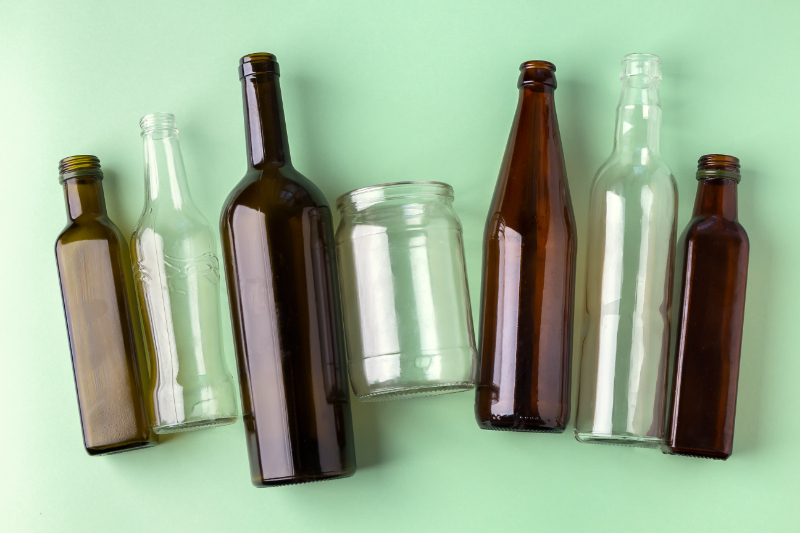
HEALTH BENEFITS
Washing and sterilising glass bottles is far more effective than attempting the same with plastic. This makes glass bottles much healthier to drink from. With no harmful chemicals in the material itself, glass is also much better for our environment as well.
PRODUCTION CARBON EMISSIONS
Of course, the glass manufacturing process does create pollution, like any other form of manufacturing. Additionally, not all glass is fully recyclable, meaning some will be deposited in landfill sites. While the recycling rate for glass isn't ideal, the material is less harmful to our environment compared to plastic.
Plastic Bottles Vs Glass Bottles: Which Is Better For The Environment
When it comes to environmental impact, it may be surprising to find that glass manufacturing is more harmful than plastic. Throughout history, glass has been an essential material that has helped us with everything from storing food and drink to carrying the signals we use to connect to the internet. One environmental benefit of glass, it has been argued, is that it can be recycled infinitely, without harming its inherent purity or durability. When glass is taken to a recycling centre, recycling professionals crush it into cullets.
These are then melted down and used to create new glass containers. Of all our recyclable materials, glass is by far the most widely recycled. Across Europe, glass recycling is far more popular than other materials, such as wood, paper or plastic.
This is perhaps due to how easy it is to recycle and reuse compared with these other packaging materials. Aside from the popularity of recycling, glass also produces less pollution when left out in nature.
When plastics are left outside, they are eroded over time by wind and water and are slowly turned into microplastics. When these enter into our soil and water supplies, they can be incredibly harmful. Glass, on the other hand, is non-toxic. It is made of silica (sand) which is a natural substance.
Therefore, when glass is broken down by nature, it only releases silica. And since silica makes up roughly 60% of the Earth's crust, there is no danger of contamination or environmental damage.
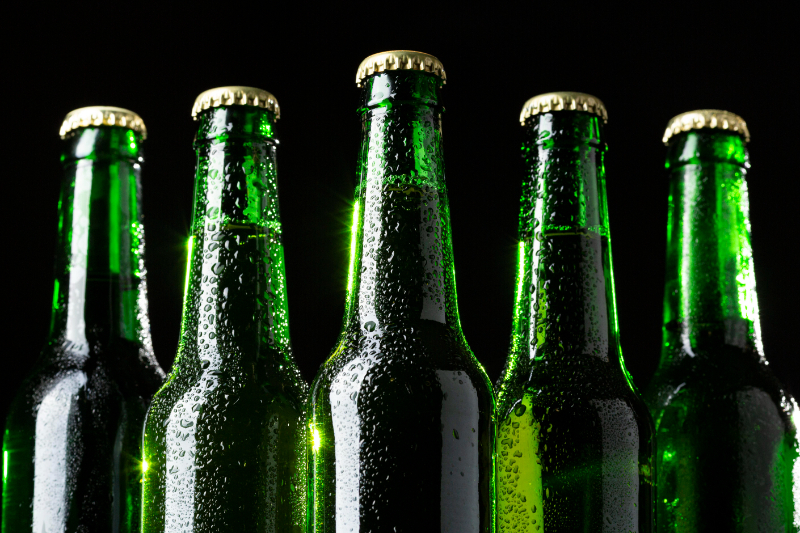
The Case Against Glass
However, while glass is friendlier to the environment when we've finished using it, it does have a significant impact during manufacturing. The pollution created through glass manufacturing outweighs alternatives like aluminium cans, drinks cartons and even plastic bottles. Part of this impact comes from silica mining.
Most mining practices are bad for the environment, causing land deterioration and reduced biodiversity, and silica mining is no different. Worker's rights are also often violated in this industry, especially in developing countries where mining is one of the main forms of employment.
For example, unregulated mining can lead to workers being exposed to silica dust. This is a serious public health risk, as this dust can lead to silicosis, a chronic lung disease caused by inhaling silica dust over a long period of time.
Unregulated mining practices may also have caused a global shortage of sand. It is one of our most commonly used materials, second only to water, with 50 billion tonnes of it used every year in construction, land regeneration and even in microchip production.
Manufacturing
Creating virgin glass also requires much higher temperatures compared to melting other materials, like plastic or aluminium. This only increases the environmental impact of manufacturing. Not to mention that the raw materials for it also release greenhouse gases during the melting process. The International Energy Agency stated that flat-glass and container production emits over 60 megatonnes of CO2 into our atmosphere every year.
Again, plastic manufacturing is far less harmful to the environment. This is mainly because plastic bottles don't need such energy-intensive processes to create. While plastic isn't endlessly recyclable, it is less harmful to initially produce. The raw silica and other materials used to make glass require furnaces that can reach temperatures of 1500C. Once melted, the raw materials or recycled cullets are shaped and moulded into bottles or containers.
Recycling
Recycling is the best way to reduce the environmental impact of glass production. Recycled glass cullets require only a fraction of the heating power to melt compared to raw glass materials. This can help manufacturers to reduce their CO2 emissions, if only by a small amount. As you can tell by now, the melting process is the main culprit in the environmental impact of glass. While we can recycle all the glass we want, it still doesn't take away the fact we have to melt the cullets again to remake the glass.
But we come again to the question of consumption. While glass is widely recyclable, with single containers often being reused upwards of 20 times, most people still see glass as a single-use material. Therefore, to have a real impact, we need to encourage people to reuse and recycle as much glass as possible. The UK and the EU have relatively high glass recycling rates of around 75%. Naturally, this figure varies greatly around the globe, with some countries performing better or worse than others. For example, the US only has a glass recycling rate of roughly 31%.
We hope this article has answered your questions about: Is Glass Or Plastic Better For Bottles?
Are you looking for experts who can service capping machines in the UK or Europe? Then call the experts at JM Services (Burntwood) LTD today.
We offer professional Capping Machine Sales and repair throughout the UK including Birmingham, Nottingham, Coventry, Leicester, Stoke-on-Trent. That’s not all, we undertake machine servicing for bottle capping machines. Get in touch with us if you have any queries.

